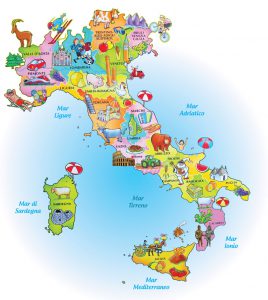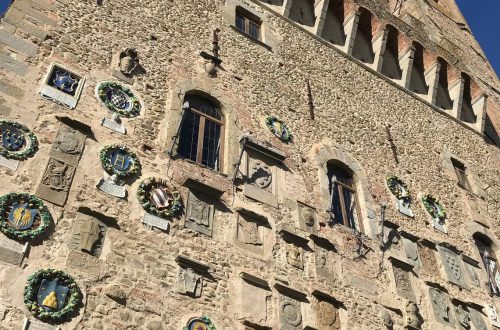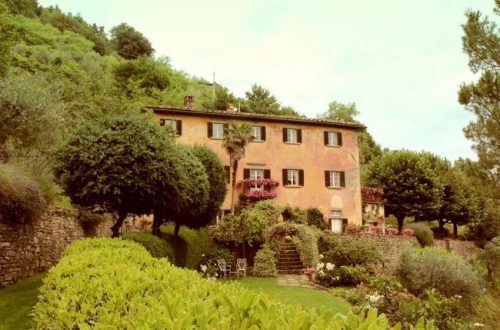
Culture of Italy
 Italy is considered the birthplace of Western civilization and a cultural superpower. Italy has been the starting point of phenomena of international impact such as the Magna Graecia, the Roman Empire, the Roman Catholic Church, the Renaissance, the Risorgimento and the European integration. During its history, the nation gave birth to an enormous number of notable people.
Italy is considered the birthplace of Western civilization and a cultural superpower. Italy has been the starting point of phenomena of international impact such as the Magna Graecia, the Roman Empire, the Roman Catholic Church, the Renaissance, the Risorgimento and the European integration. During its history, the nation gave birth to an enormous number of notable people.
Both the internal and external faces of Western culture were born on the Italian peninsula, whether one looks at the history of the Christian faith, civil institutions (such as the Senate), philosophy, law, art, science, or social customs and culture.
Italy was home to many well-known and influential civilizations, including the Etruscans, Samnites and the Romans, while also hosting colonies from important foreign civilizations like the Phoenicians and Greeks, whose influence and culture had a large impact through the peninsula. Etruscan and Samnite cultures flourished in Italy before the emergence of the Roman Republic, which conquered and incorporated them. Phoenicians and Greeks established settlements in Italy beginning several centuries before the birth of Christ, and the Greek settlements in particular developed into thriving classical civilizations. The Greek ruins in southern Italy are perhaps the most spectacular and best preserved anywhere.
For more than 2,000 years Italy experienced migrations, invasions and was divided into many independent states until 1861 when it became a nation-state. Due to this comparatively late unification, and the historical autonomy of the regions that comprise the Italian peninsula, many traditions and customs that are now recognized as distinctly Italian can be identified by their regions of origin. Despite the political and social isolation of these regions, Italy’s contributions to the cultural and historical heritage of Europe and the world remain immense.
 The famous elements of Italian culture are its art, music, style, and iconic food. Italy was the birthplace of opera, and for generations the language of opera was Italian, irrespective of the nationality of the composer. Popular tastes in drama in Italy have long favored comedy; the improvisational style known as the Commedia dell’arte began in Italy in the mid-16th century and is still performed today. Before being exported to France, the famous Ballet dance genre also originated in Italy.
The famous elements of Italian culture are its art, music, style, and iconic food. Italy was the birthplace of opera, and for generations the language of opera was Italian, irrespective of the nationality of the composer. Popular tastes in drama in Italy have long favored comedy; the improvisational style known as the Commedia dell’arte began in Italy in the mid-16th century and is still performed today. Before being exported to France, the famous Ballet dance genre also originated in Italy.
The country boasts several world-famous cities. Rome was the ancient capital of the Roman Empire and seat of the Pope of the Catholic Church. Florence was the heart of the Renaissance, a period of great achievements in the arts at the end of the Middle Ages. Other important cities include Turin, which used to be the capital of Italy, and is now one of the world’s great centers of automobile engineering. Milan is the industrial, financial and fashion capital of Italy. Venice, with its intricate canal system, attracts tourists from all over the world especially during the Venetian Carnival and the Biennale.
Italy is home to the greatest number of UNESCO World Heritage Sites (51) to date, and according to one estimate the country is home to half the world’s great art treasures. Overall, the nation has an estimated 100,000 monuments of any sort (churches, cathedrals, archaeological sites, houses and statues).




